What Is XenDesktop? Explaining the Difference Between XenApp and XenDesktop

Citrix XenDesktop is a dedicated software solution for configuring virtual environments. While virtualization can apply to several areas, including the virtualization of servers, storage, as well as networks, XenDesktop is specifically designed for the configuration of virtual desktops. However, this is often confused with a similar virtualization software solution, Citrix XenApp.
In this post, we will go over the basics of XenDesktop and how it differs from XenApp.
What Is Desktop Virtualization?
When we say “desktop,” we are referring to the operating environment of the OS or applications on the user’s client terminal. In a manner of speaking, this is the user’s workspace.
With that in mind, what do we mean by the “virtualization” of a desktop?
Earlier, we mentioned a few examples of virtualization. With server virtualization, for example, we can install virtualization software on a single hard drive, manage multiple configurations of virtual machines, operate multiple server instances with a single physical server, and ultimately increase resource efficiency. With storage virtualization, we can virtually integrate storage from multiple hard drives, thereby optimizing resources via the creation of one larger storage pool. This approach utilizes virtualization technology and a separation of virtual and physical configurations to realize greater resource efficiency, organization and flexibility.
Desktop virtualization is a slightly different concept. In desktop virtualization, desktop OS and applications are integrated on the server and executed; users access a desktop remotely via a network connection.
This allows the user to access their desktop from anywhere on any device and from any network connection. Moreover, since only the screen is being transmitted and all data is left on the terminal, it has the additional benefit of security against information leaks and other risks.
“Thin clients” are a similar concept. In a virtualized desktop environment, one can connect to a local terminal and access their desktop with just a network connection, including thin client terminals. However, it is not necessary to utilize a thin client, as you can detach the work environment from the local environment using an ordinary PC, or a tablet device other than Windows. With such a wide range of terminal options available, users can choose the device that best suits the situation. From the administrator’s perspective, this eliminates the need to centrally manage the environments of traditionally physically-distributed client PCs, allowing for greater operational flexibility and more thorough management capabilities.
Benefits of XenDesktop
There are several ways to implement desktop virtualization. XenDesktop, as a VDI (Virtual Desktop Infrastructure) software solution, offers one such method. Here, virtual machines with Windows client operating systems (Windows 10 or Windows 7) are delivered from server-based infrastructure. The screen capturing the desktop and applications is then transmitted to the thin client, allowing users to access these via a network connection. Each user is assigned a single virtual machine, which they can utilize the same way they would their own PC.
XenDesktop is comprised of multiple components, and an outline of their main points is provided below.
Delivery Controller
As the core component of this software, Delivery Controller stores configuration and setting information in the website configuration database. Administrators can use Citrix Studio or Citrix Director to manage settings and operations.
StoreFront
StoreFront is a component that acts as a gateway to access virtual desktops and virtual applications. After accessing the StoreFront portal and receiving authentication, the user is provided with information on all available desktops and applications assigned to them. The user can connect to their desktop and applications by simply clicking on the icon that appears on the portal screen.
Citrix Receiver
Citrix Receiver is the client software that provides access to XenDesktop and XenApp. Receiver is compatible with many different operating systems, including Windows and Mac, and even iOS and Android. This allows the user to connect to their virtual desktop or applications from any device.
Provisioning Services
Provisioning Services provides desktops to be provisioned and re-provisioned in real time, from a single shared disk image. It is a characteristic feature of XenDesktop, applying NetBoot to virtual machines while simplifying large-scale deployment and master image management.
HDX
HDX has also been called Citrix’s greatest feature. Since the operation of a virtual desktop is highly dependent on the network, the performance quality of that network becomes very important. Citrix uses HDX as a generic term to refer to functions that, through the proprietary protocol ICA for screen transfers, optimize the handling of peripheral equipment and performance in transmitting content such as audio or video.
With VDI, selecting the location of the virtual machine that the user will access also becomes important. Conventional virtual environments include Citrix XenServer, Microsoft Hyper-V, and VMware vSphere, but additionally, cloud infrastructures like Microsoft Azure, AWS (Amazon Web Services), and Google Cloud Platform are now also available, making XenDesktop more flexible than ever before.
How Does This Differ from XenApp?
While XenDesktop is software designed to implement virtual desktops, XenApp is software designed for the virtualization of applications. (Although, by deploying the entire desktop screen, you can use this similarly to desktop virtualization.)
The main difference is how the two are configured. With XenDesktop, this is done through VDI, but XenApp uses SBC (Server Based Computing). SBC uses the same method as RDS (Remote Desktop Services) from Windows Server, in that multiple users can connect to and use a single server. With SBC, a single hardware instance can be shared with multiple users, thus enabling higher resource efficiency compared to VDI.
From the user’s perspective, however, since multiple users utilize the same OS environment, the user cannot install their own applications with XenApp, making this environment more suitable for users performing fixed, routine tasks. Moreover, since a stand-alone application can be transmitted, in practice there is a lot that can be done with application virtualization.
With application virtualization, users can access these same applications regardless of the type of terminal or OS they are using. Unlike in desktop virtualization, where the application can be accessed once you have logged in through another desktop, with application virtualization you can connect to and use individual applications, thus making user operations much simpler.
In other words, the difference between XenDesktop and XenApp lies in whether the object of virtualization is a desktop or an application. Rather than being a matter of which solution is better, it is more important to select the solution that best fits a particular goal or determine what can be done with a combination of these services. Since the features of both XenDesktop and XenApp are managed with the same architecture, it is possible to implement both solutions and utilize them under a single management system.
This compatibility is reflected not only in architecture, but also in licensing; XenDesktop Enterprise and Platinum licenses are both compatible with XenApp.
Thus, rather than viewing these as mutually exclusive solutions, making use of both XenDesktop and XenApp will result in more flexible functionality. At the same time, since multiple configurations are being mixed together, it is also necessary to consider monitoring and operation management software that is compatible with these systems.
Getting the Most out of XenDesktop and XenApp
XenDesktop and XenApp are both systems with increasingly high demands for promoting information security and telecommuting. However, as mentioned above, such systematic components can be complicated, and are likely to affect system availability and performance. This in turn will directly affect user productivity.
SysTrack is a workspace analytics solution that starts by collecting information on a user’s desktop and applications. From there, SysTrack can be used to optimize the user’s workspace for the best possible user experience. Additionally, SysTrack analyzes server, network, and storage load during operation, and can quickly isolate problems and offer solutions when faults occur. This ensures that any impact on user productivity is minimized.
The Future of Virtualization
With the virtualization model of XenDesktop and XenApp, the requirements to safely implement location-independent workstyles are often thought to be increasingly high. At the same time, since this infrastructure is increasingly necessary for corporate activity, proper operation management has become even more important. From initial sizing to operational troubleshooting, the need for a tool that can centrally support these operations is increasing. Ultimately, such a tool can maximize the value of XenDesktop and XenApp.
Subscribe to the Lakeside Newsletter
Receive platform tips, release updates, news and more



